Creative Freedom and The Mystery of the Mixed Media Bandit

I'm walking with our translator and guide, along with some American artists who have traveled with me to Uzhgorod, Ukraine, to voluntarily teach at the University's art institute. We are on the hunt for art supplies, and she knows of three local stores that sell them. I'm excited to see what Ukraine offers in the way of art supplies and hope for something interesting.
As we perused the shelves of very limited supplies in the first store, known to cater to professional artists, I saw mostly watercolor and some watercolor brushes. Oil and acrylic were very limited and they only carried one brand. The mediums were also very limited. For mixed media like texture pastes, inks, or spray paint, they were non-existent. Each supply was displayed like a lonely celebrity on its shelf while three clerks waited to give us all the information about each product.
We found some canvas boards for the students, but they only had about eight in two different sizes. We asked if they could get us 30 of the larger size. They said they could, but we would have to pick them up the following day. I ordered 50, just in case. They were only 25 hryvnias, which was about a dollar at the time.
A Gallery of Creative Oppression
I saw there was a back room and asked what was back there. The store clerks proudly said it was a gallery of the local professional artists. We walked back there and saw an entire large room filled from floor to ceiling with Alla Prima style floral still life. While the art supplies seemed sparse and lonely, the back room was completely full of finished paintings in the exact same style, color palette, and subject. "Whoa! This artist must really love flowers! There must be hundreds in here. Do they showcase a new artist every month?" I asked the translator.
"NO! This is probably 25 or 30 different artists."
I began to look at the signatures and saw many different names, but I could not differentiate any of the paintings from each other. As the reality hit my heart, I could not detect any personal expression. It was a room full of roses, all painted in the classic Russian style. Not one artist departed from it. The only difference was that some were watercolors, and the rest were oils.
Although roses are so beautiful, and a room full of paintings where every square inch of wall was covered in a painting, it was an ugly display of creative oppression. I stood there in shock, realizing my trip to voluntarily teach mixed media had more significance than I realized.
The next stop was a "stationery store" they suggested to get art supplies. This store was an all-around craft store, like a small-scale Michaels. They had a lot of kids' backpacks, back-to-school products, and a small art supply section with cheap acrylics and brushes.
I was thankful that I brought a whole suitcase of modeling paste, gloss gel, spray paint, inks, and professional acrylics. I saw they had very interesting and perfect collage paper for almost free and a ton of stencils we could use with the spray paint. They were surprised to see me grab almost all of their collage papers they had and one of every stencil. I felt satisfied and was excited to teach my mixed media class to the Ukrainian art students.
Clash of Teaching Methods

The following day, three other American artists and I went to the art school downtown, brought our loot of materials, and started to set up everything in the class. The professor was there and began scanning what we had, asking what we were teaching. I explained, "Oh, they are gonna love it! They will play with all kinds of mixed media, and I will show them some techniques. They will get to experiment and then create either a city or a landscape."
"With paint!?" he asked.
"Yes, paint and all kinds of other materials," I explained.
"Well, I don't know how you teach at your art institute, but here we teach the old Russian school method, and our students don't start watercolor until the third year and oils not until the fourth. The students we have today are in their second year."
I smiled, "They will enjoy themselves today and be exposed to possibilities."
He didn't like my answer.
The Mixed Media Workshop Begins
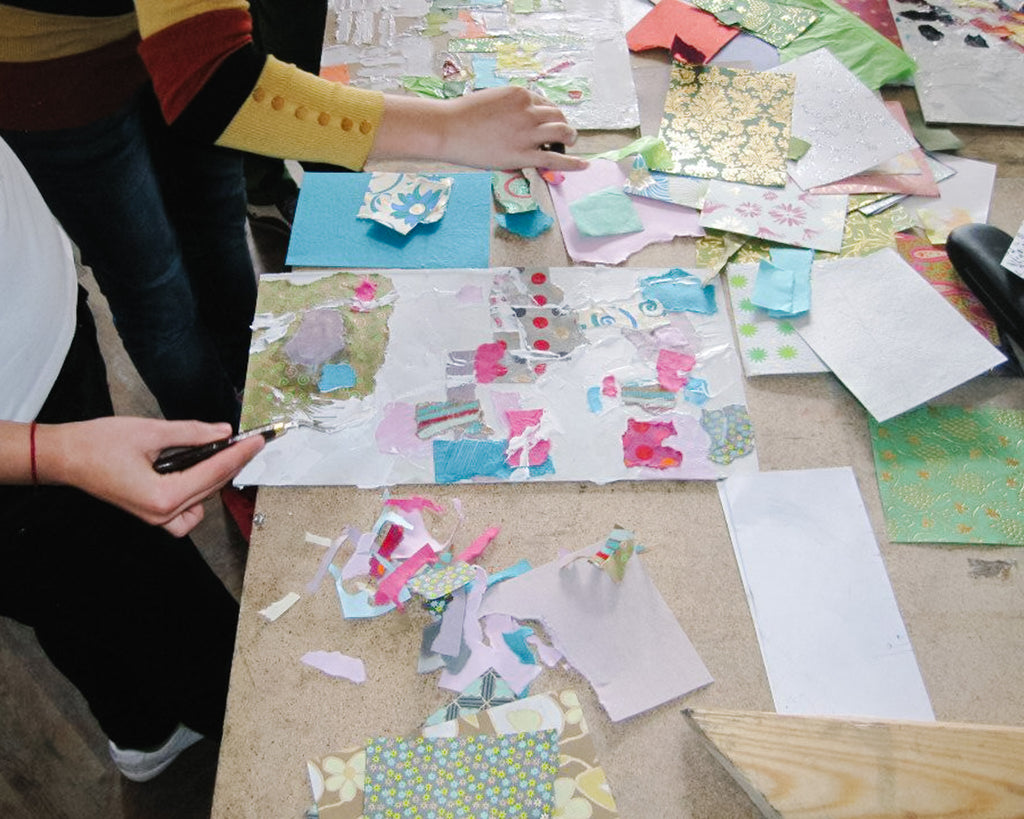
When the students arrived, I began showing them examples and process photos so they knew what they were going to do. As I started explaining the collage process, they looked at each other and the teacher nervously. "Today, we will only get the collage portion of the painting down because we need it to dry overnight. Sometimes, in cold, wet weather, the texture pastes take a long time to dry."
All of the students began to look slowly and timidly through the collage papers and carefully construct their compositions. "Just grab paper and start ripping and tearing to see what will work. Don't worry about keeping the paper nice. Be free!"
They started to loosen up and maybe even smile a little. These students were already very good at drawing and composition but also quite tight and nervous, finding it difficult to play and try things.
The professor came up, "So, do you like the artist White?"
"White? I'm sorry, I don't know that artist. What does this artist paint? Where would I see their art?" I asked innocently.
"White! White! You don't know the artist White?!" he asked, smirking. "He is only the best American painter!"
"Oh! Do you mean Wyeth? Andrew Wyeth. I'm sorry, I didn't understand. Yes, of course, I do like his work." His accent threw me off for a minute, and now he looked embarrassed and switched gears.
"Well, why are you playing with these papers? It is not art, it is … what you call, scrapbooking. We are not here to show our students these crafts," he said with a bit of disgust.
"Well, I think Picasso called it decoupage. Do you think Picasso is a real artist?" I asked.
The students who understood smiled and waited to see what their professor would say. He said nothing and walked out of the room, leaving me and his students to work on our "craft" project in peace.
Creativity Flourishing
The other artists who came with me and I began creating our own pieces, and as the word got out, more students began coming into the room. It was packed, with more than 40 students. They began experiencing the collective creative flow as each student who dared to touch those deep places of personal expression inspired those who were more insecure. It was beautiful to watch this group of young people blossom and open up to the joy and freedom that creativity brings.
We finished the first half of the painting with all the pieces successfully collaged and full of texture. They left their pieces to dry on the floor of the room, with their names on the back of the canvas boards. I gave them a quick preview of what they would do the next day, and they looked very excited.
I received massive gratitude, and they all worked together to clean up the room. I was incredibly impressed with their politeness and willingness to try. Not one of them complained or said they didn't know what to do, or told me they didn't get it and wanted special attention. No one was negative or possessive of the supplies. I was excited to come back and finish the project with them.
The Art Theft Mystery Unfolds
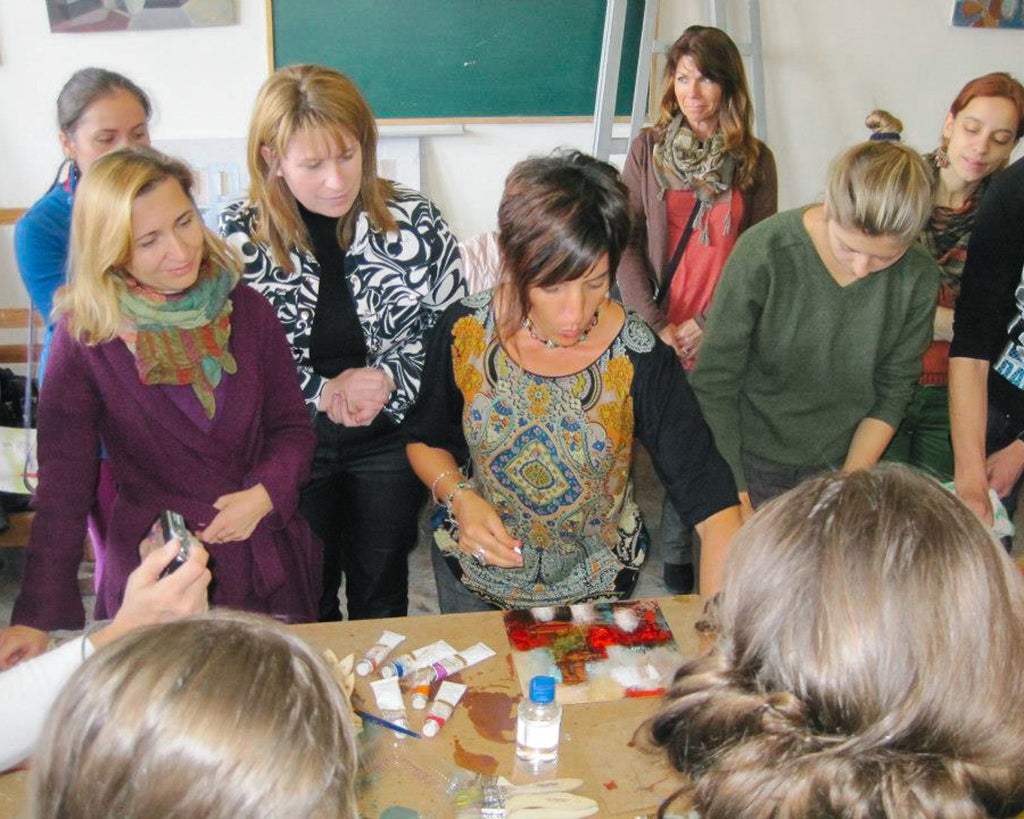
The next morning, as we got out of our taxis, one of the school administrators met us outside, looking very concerned. She said something in frantic Russian to my translator, who gasped and put her hand over her mouth, looking at me. "What is it?!" I asked.
"Someone has stolen all of the paintings! They're gone, and no one can find them. They've searched the entire school and asked everyone." "What about the professor in the class with us yesterday? Did anyone ask him? Maybe he moved them somewhere," I said.
"The professor isn't here and cannot be reached. He isn't coming today," my translator said. Then, slightly quieter, she added, "He didn't move them; he most likely stole them."
"What? Why? How can that be? How do you know?"
"This is how it is done here. If you do something they don't like, they will make it very difficult for you," she warned me. "So what do you want to do? We don't have time to get more canvases. You don't seem very welcome."
"Yes, it's true the professor doesn't like me and feels threatened, but all the students loved it, and I feel like they really opened up. Let's go in and talk with the students and see how they feel about everything. Maybe I can just show them slides. We need to check if the art supplies were stolen too," I said.
Innovative Solutions and Creative Resilience
In the classroom, we saw all the students there, ready and waiting for us. They had the 10 leftover canvases on the table. One of them spoke up in pretty good English, "We want to see this process and use the paints. We will quickly make some collages on these pieces and share them, like collaborations."
"But how will they dry in time?" I asked.
"Yes!" she smiled, "We have a plan. We will use the bathroom dryers, and they will dry."
"Okay! I love it, let's do it!" I said.
Creative Liberation and Artistic Freedom

All the students got busy creating on the 10 leftover canvases. This time, they worked much faster with much more determination. Students started to leave and return with cardboard boxes and began cutting them with razors to make more "canvases." They found old canvases they wanted to paint over and old wooden palettes that would now become canvases. Their resourcefulness created a bounty of a fresh batch of paintings.
They went to the bathrooms throughout the entire building with their canvases and took turns using the dryers while we waited in the classroom. In less than 30 minutes, they all returned with dry, warm collage pieces ready for paint. These were determined Ukrainian artists with war in their eyes. They saw their chance for freedom and would not let it pass them by.
I got out all of the inks, spray paints, acrylics, and stencils and demonstrated how to use all of them. I encouraged them to just go for it and try things, and if they didn't like something, they could just cover it up. I told them to work transparently until they were satisfied, then they could add opaques and details last. The students were fascinated and caught up in a creative tornado that clearly meant something profound to them.
Impact of Creativity on Shifting Culture
These were not scrapbooks or some craft to them. This was a defining moment. Would they cower and bend to the oppressive powers that wanted to control everything they did and fill galleries with roses, or would they stand their ground and engage in the battle? Their weapons of warfare were spray paint, ink, and collage, not bullets and tanks. But the effects of their courage will last generations.
The culture war I had only suspected we artists take part in became a clear and powerful cause I knew I would never defect, give up, or let down. Where there is creativity, there is freedom. I could see with these Ukrainian students it's too precious to lose or forfeit.
In what ways do you believe art can challenge societal norms and inspire change?




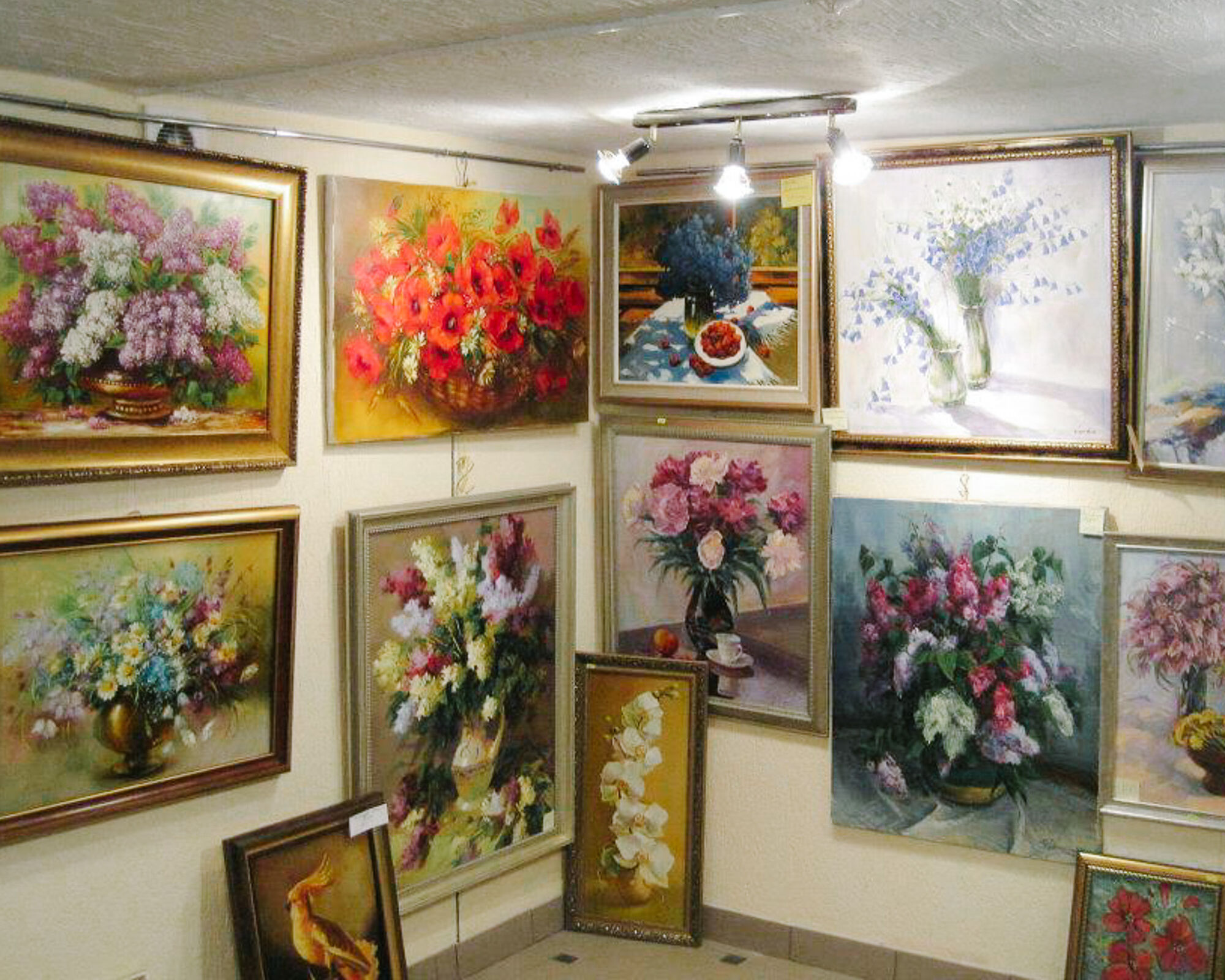
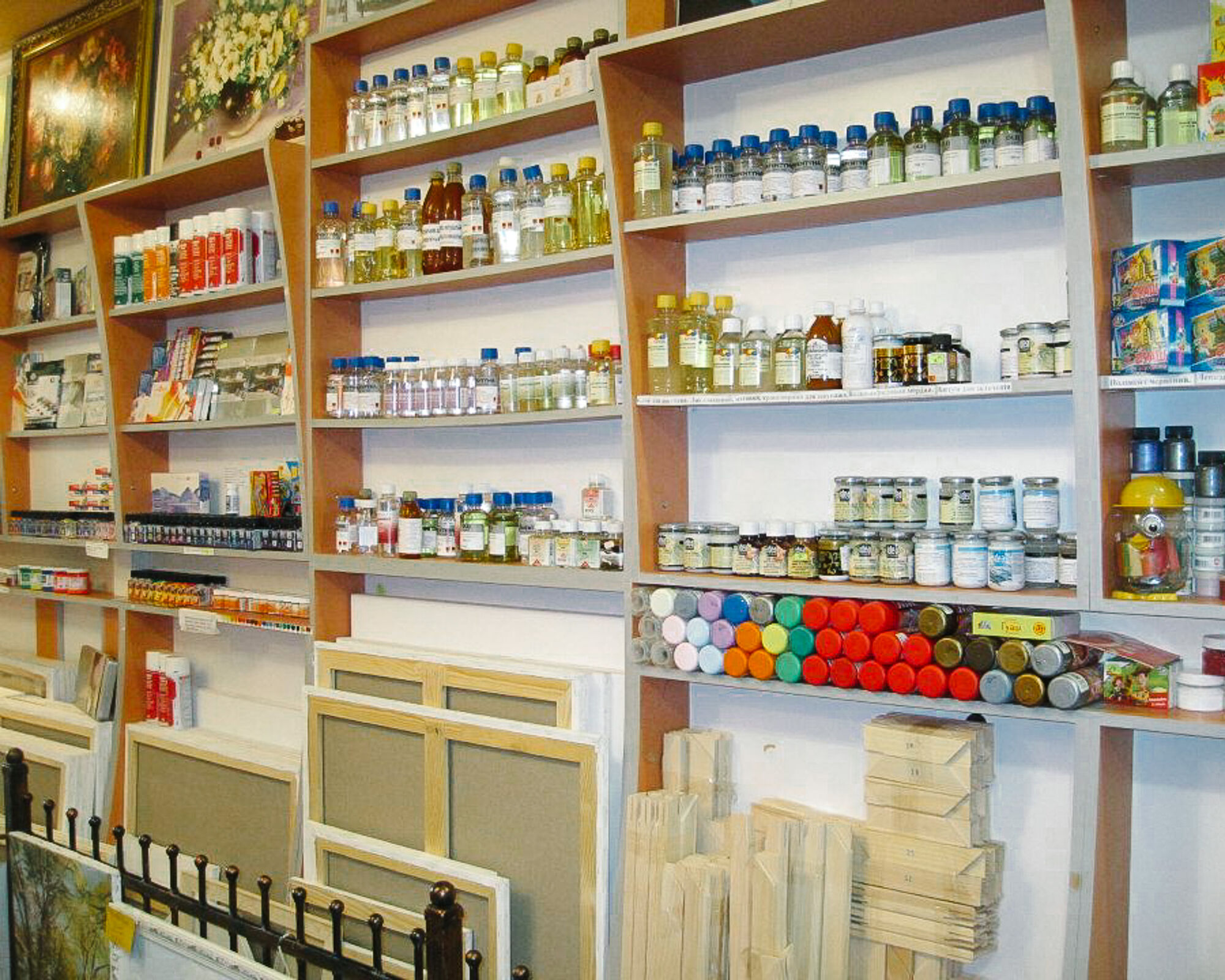
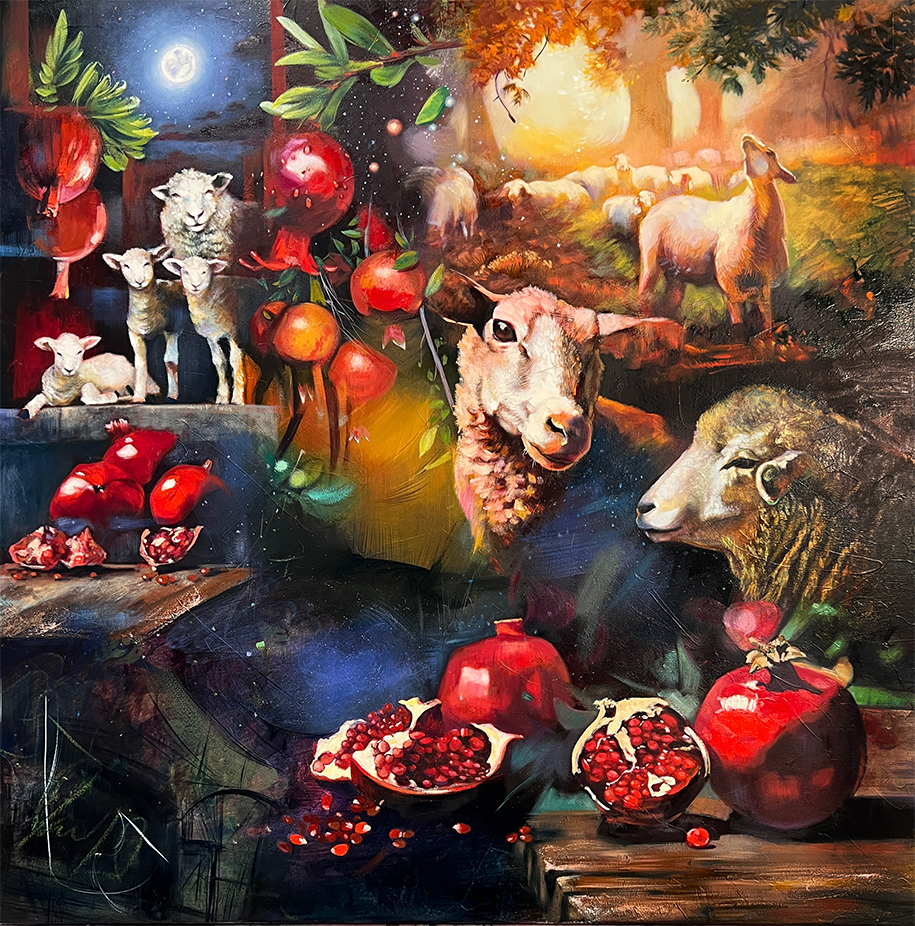
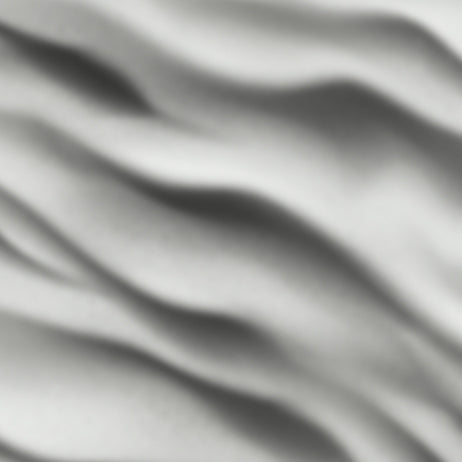
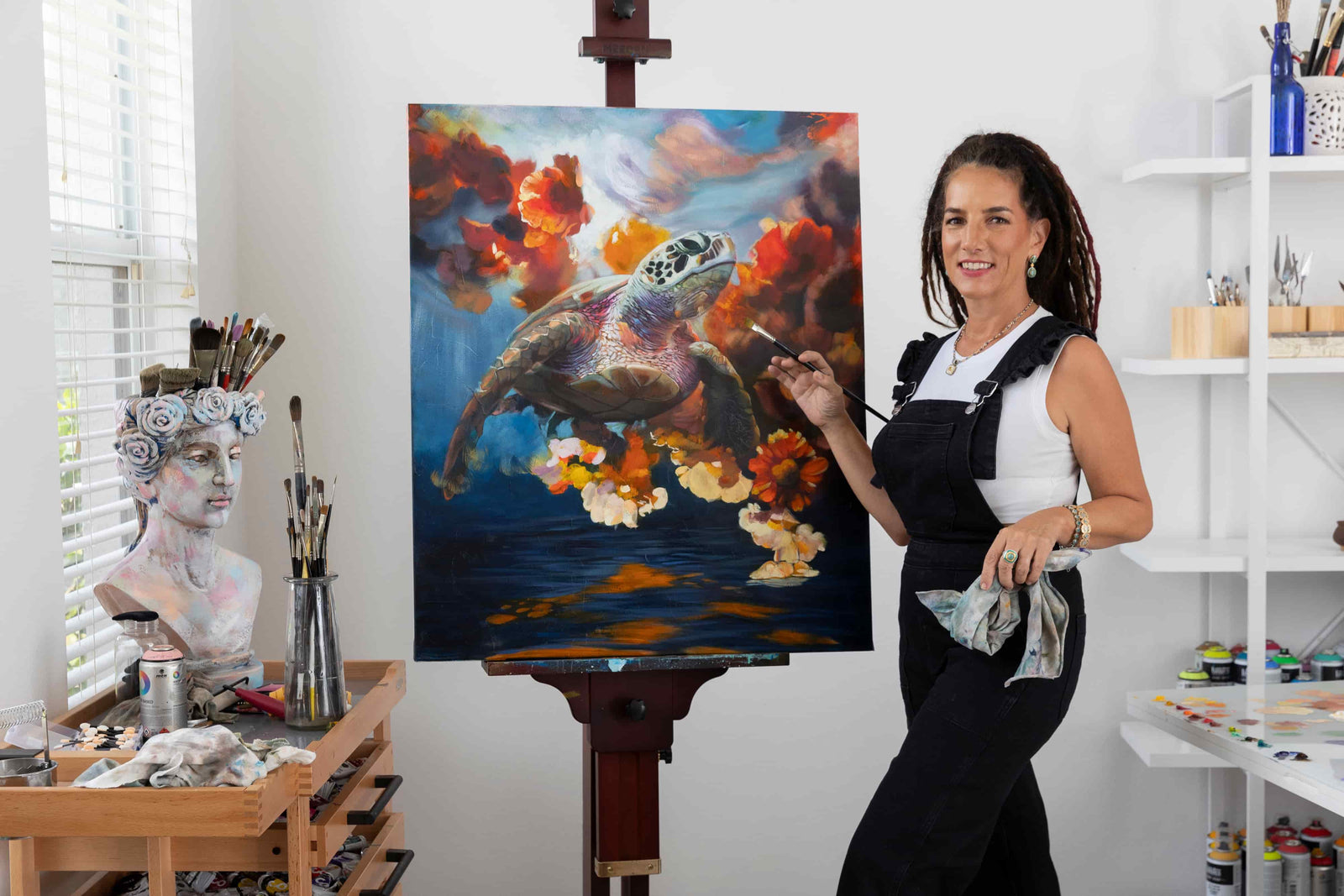
Rigid ideas have no place in art. I feel like I just read how good triumphs over evil! Rock on Elli!
Wow, this brought the tears! I realized in a moment how much creative freedom I actually have, even access to supplies and tools! This story inspires me to be more expressive for those who can’t be.
———
Elli Milan Art replied:
That’s so beautiful. 😍
Such thrilling story!
I couldn’t believe how the art got stolen away that easily, discarded such technique as if “lower” art.
I applaud the determination and wit to overcome such situation.
———
Elli Milan Art replied:
Yea. I was shocked and really humbled to know how privileged we are to live in a place where we still have freedom to express ourselves.
wow! I love this kind of story/experience. Wondering how would the professor think or say after he saw the new-created paintings by the students. Thanks for the inspiring blog.
———
Elli Milan Art replied:
Yea. We may never know. I didn’t see him again.
What a timely message to arrive in my inbox! Just yesterday, I was talking with my adult son about his frustrations as a traditional Ukrainian dance teacher and performer: the same dances, done the same way, to the same music recordings, year after year… There is a very real tension around preserving what is seen as part of our cultural heritage. But, really, we are just repeating the past! Traditions are created by innovators who have the courage to express a unique perspective. We should honour their genius, not by robotically reproducing inferior copies of their work, but by bravely following their example. Thank you for this uplifting and inspiring story!
———
Elli Milan Art replied:
Wow! You have some very profound thoughts here! I believe artists bring in the new day and propel culture forward. Establishment control hates this and wants the inferior repeat of the past.
Leave a comment